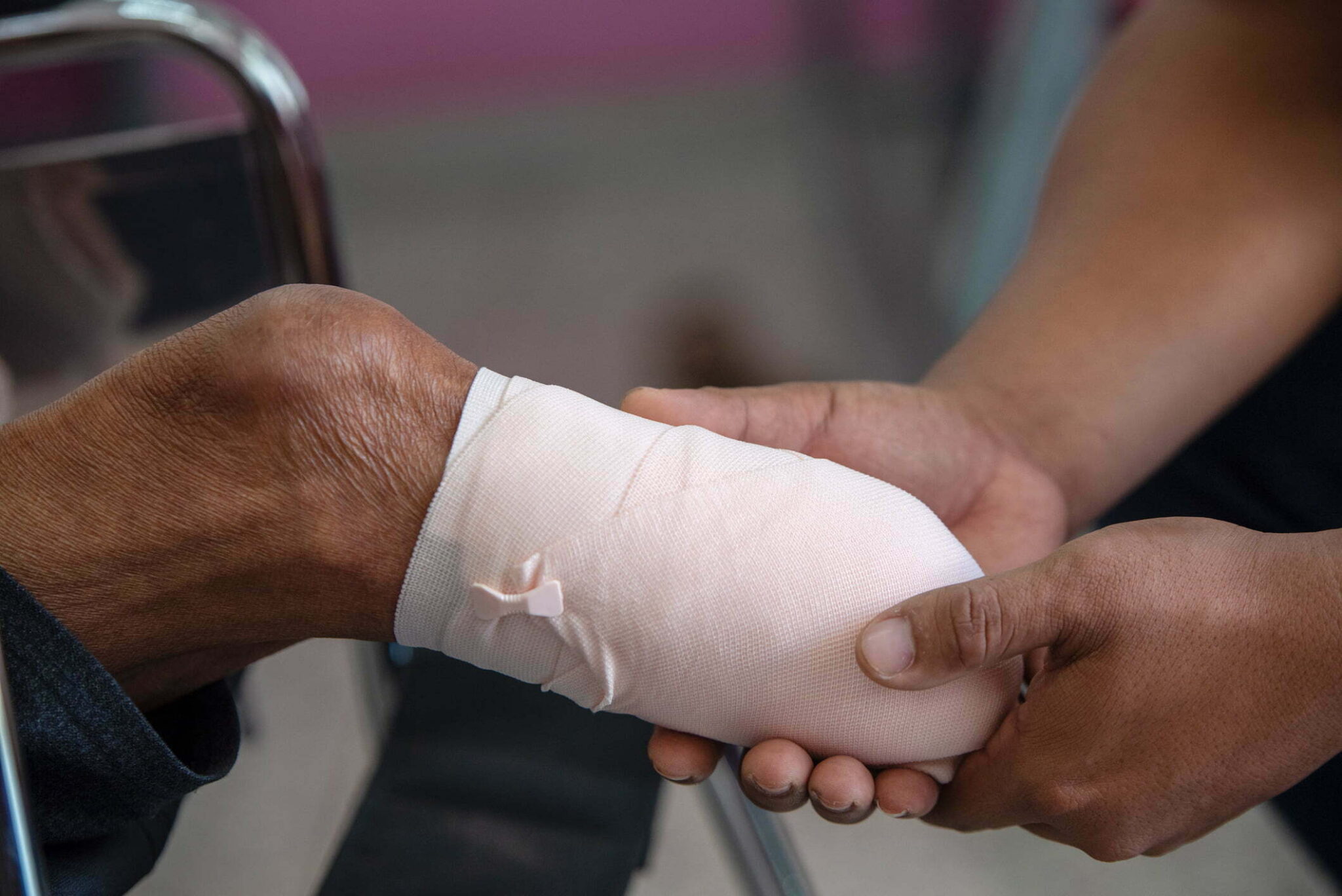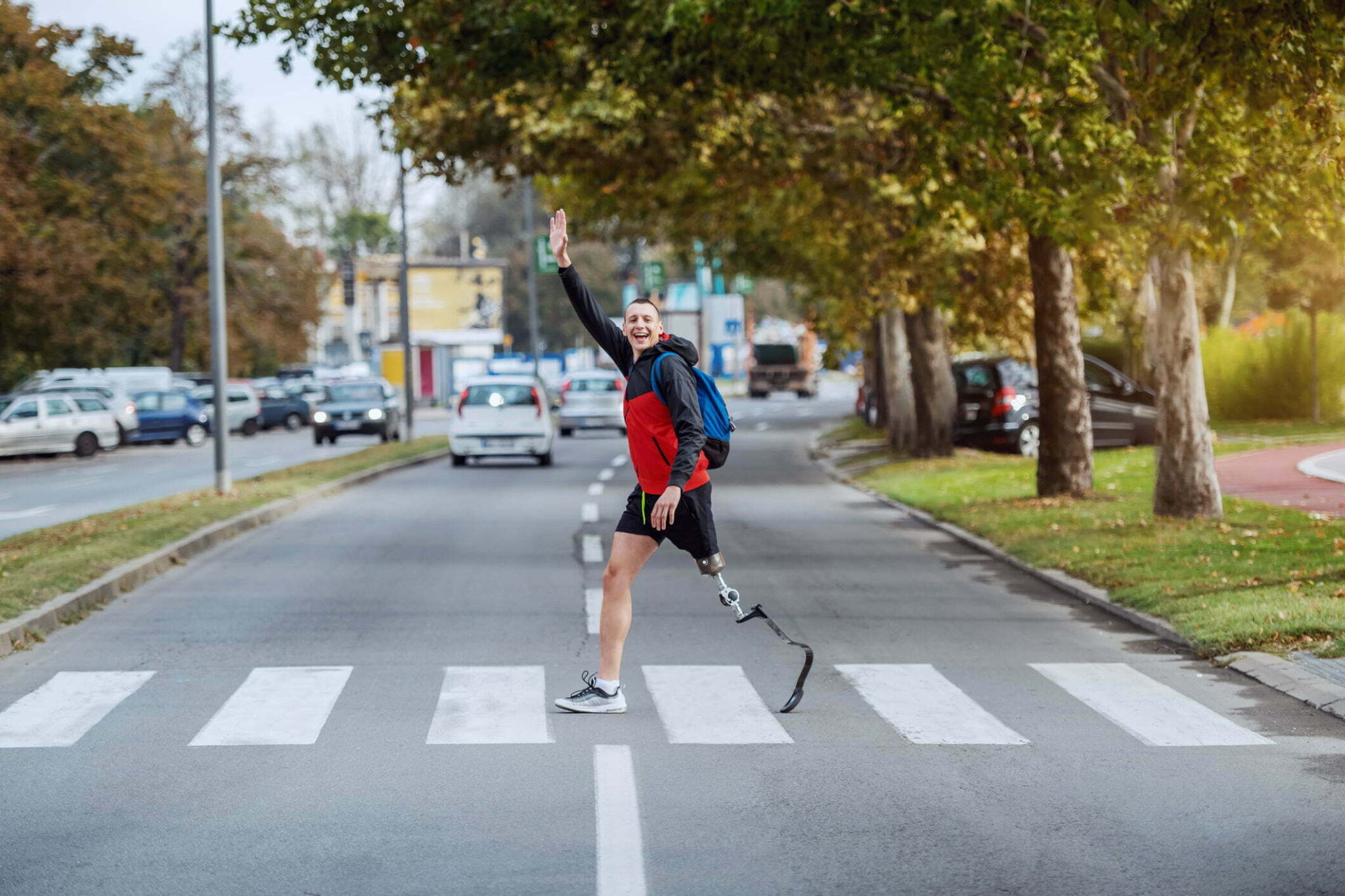16 Aug Mirror Box Therapy for Phantom Pain – Does it Work?
The vast majority of people who have lost a limb experience some degree of phantom pain. This phantom pain seems to strike the area where the limb used to be. Despite the absence of any nerves or tissue, victims of phantom pain still feel the sensations as if the limb were present.
Chicago often use treatments like medication therapy and nerve blocks to help somebody struggling with phantom pain. However, a simpler and much less invasive procedure known as mirror box therapy can also help people overcome phantom pain.
This article will explain what mirror box therapy is and why it can be useful for people who have lost limbs.
What is mirror box therapy?
Mirror box therapy, or simply mirror therapy, was developed under the premise that phantom pain is caused by miscommunication in the brain. The doctors who developed mirror therapy believed that nerve cells in the brain were still trying to communicate with nerve cells in the lost limb.
Since these nerves can still send out signals, the lack of a return signal can be understood as a sign of danger and registered as pain. The goal of mirror therapy is to convince the brain that these signals are no longer necessary.
The process of miscommunication and the subsequent negative or uncomfortable reaction is called negative feedback. Mirror therapy overrides this negative feedback by encouraging patients to trick their brains into believing that the phantom limb is still present.
How does mirror therapy work?
Mirror therapy is a relatively new form of treatment. It was first described in the 1990s. Since then, there have been many studies and reports showing that mirror therapy is effective for people who use it.
The process itself is deceptively simple and yet highly ingenious.
The first time that the experiment was carried out, patients would set both the intact limb and their phantom limb into a box. The box would have a mirror on one side. The mirror would reflect the intact limb, producing the illusion that their phantom limb was still present.
The patient would then be instructed to move or use their limb while looking at the reflection in the mirror. With regular practice over weeks, patients were able to sense movement in their amputated limbs. Most of these patients also experienced a decrease in pain.
Do I need a therapist for mirror therapy?
Much of the scientific literature describing mirror therapy suggests that it is best done with a therapist. However, experientially, this is not always the case. Mirror therapy is fairly simple and most people can do it at home.
Some studies have followed people who practice mirror therapy at home and still experience results. The only difference is that this requires more personal discipline and dedication. Seeing a physical therapist for pain management in Chicago may help build a routine.
Conclusion
Phantom pain is a difficult condition to treat due to the absence of the actual problem limb. Mirror therapy provides an alternative for amputees to retrain their brains into thinking that their phantom limb is still present. Don’t hesitate to consult a Chicago pain management doctor for further information.



